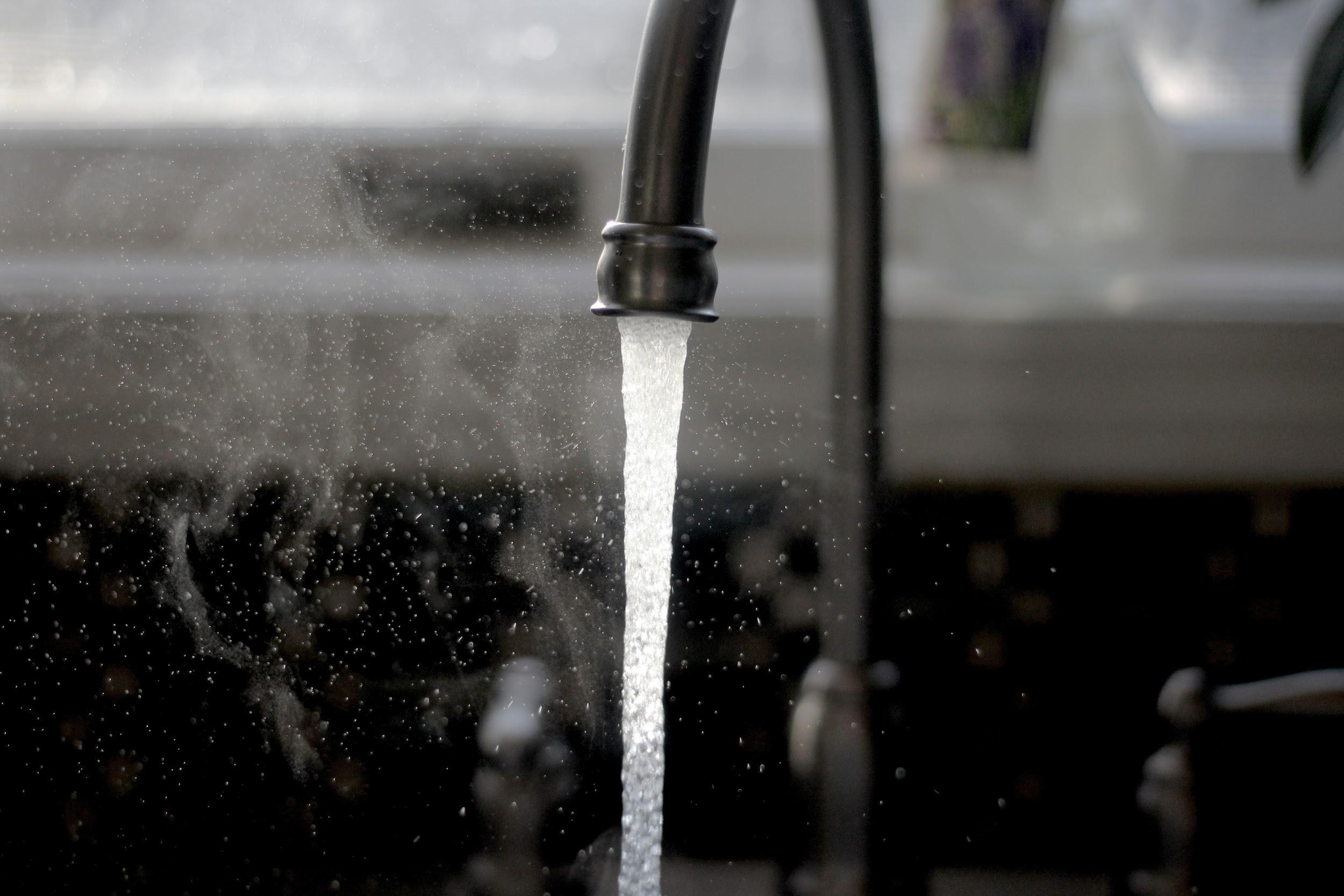
Although Americans enjoy some of the best water quality in the world, the fact is, many contaminants exist between the water filtration plant and your home. For this reason, filtering the water before you drink it is a practical step that can help protect your family.
You have many options for filtering the water that comes into your home. From the humble pitcher to whole-house systems, there’s a lot to consider. Below are several tips to help you decide which water filtration system is right for you.
What’s in Your Water?
Before you begin shopping for home water filtration systems, you should figure out what you need to remove from your water. Contact your water utility for this information, or conduct a water test yourself. Most home improvement stores carry do-it-yourself water testing kits.
At the very least, you need to know if your water contains lead as it is very detrimental to human health, even at low levels, especially for young children. Any other information you can obtain about the contaminants in your water will be most helpful.
What Type of Filter?
Water filtration systems use different types of filters to remove contaminants. Knowing what’s in your water lets you choose the right variety of filter for your needs. For example, activated carbon filters (found in most pitchers and under-sink models) remove things like heavy metals, pesticides, chlorine, parasites, and some volatile organic chemicals (VOCs). Any other contaminants must be removed using other filtration methods such as reverse osmosis or distillation.
Where to Filter the Water?
You have two options here:
- Whole house – Also called point-of-entry because it filters the water where it comes into your home, and
- Point-of-use – The water is filtered just before you use it. These systems include pitchers, faucet systems, and under-sink models.
Whole house filtration systems are used to filter out mineral deposits and foul odors and may need to be combined with a point-of-use filter to remove all contaminants entirely.
Which Point-of-Use Filter is Best?
When deciding between an under-sink model or a pitcher, it’s best to consider your current situation. Under-sink filters are more effective than pitchers or bottles at removing contaminants and are more convenient. However, they can be quite expensive to install.
If you are a renter or you’re looking for a quick solution to your water filtering needs, a pitcher or faucet filter is all you need. If you’d prefer a more permanent solution or you need better filtration than just a carbon filter, an under-sink model is a good choice.
Is the Filtration System NSF Certified?
After figuring out all the key points above, the last thing you must do is make sure the system you choose is NSF Certified. A seal with this certification lets you know the filtering system you’ve purchased has been tested and effectively removes all the contaminants it claims to.
According to the NSF, the organization certifies millions of products, so if you have trouble finding a system that meets these standards, NSF.org has a comprehensive search feature that will help you find a certified system.
Many people are concerned for the safety of their drinking water but finding a filtration system can be overwhelming. Hopefully, the information above helps you understand more about the different types of water filters available and puts you on track to figure out which water filtration system is right for your home.